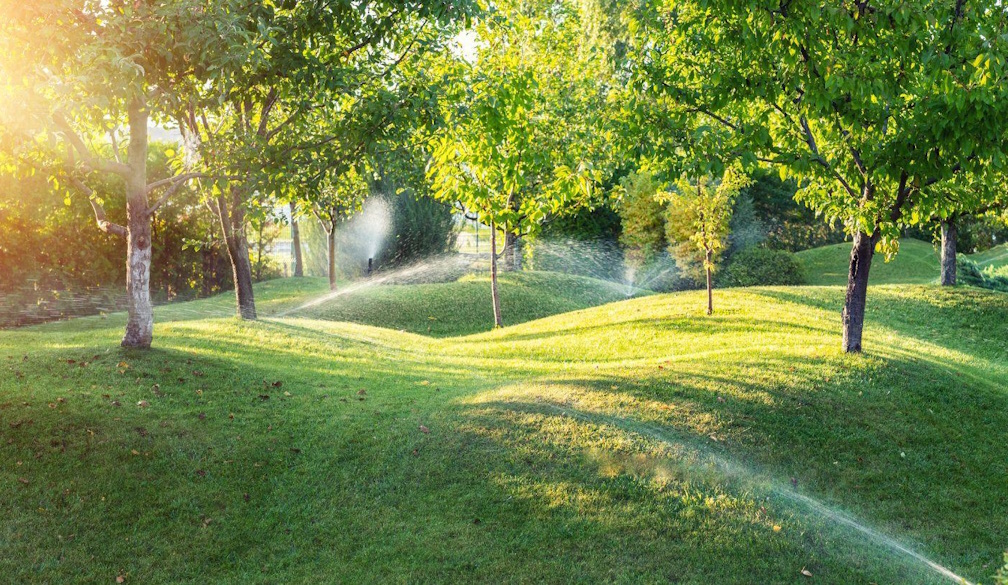Water-Efficient Landscaping: A Crucial Element of Water Conservation

As water scarcity becomes a global concern, efforts towards water conservation are gaining importance. In this context, the value of water-efficient landscaping, a crucial but often overlooked aspect of water conservation, comes into focus. This article examines how water-efficient landscaping can contribute significantly to conserving this precious resource.
Understanding the Water Crisis: A Global Concern
Water scarcity is a pressing issue worldwide, driven by factors such as climate change, population growth, and unsustainable water use. Residential outdoor water use, largely for landscaping, is a significant part of this issue. It's here that the potential of water-efficient landscaping shines.
A Closer Look at Traditional Landscaping: The Need for Change
Traditional landscaping, with its lush lawns and exotic, water-thirsty plants, is a significant contributor to household water consumption. With escalating water scarcity, we must reconsider these practices and shift towards more sustainable, water-efficient landscaping strategies.
The Concept of Water-Efficient Landscaping
Water-efficient landscaping, or xeriscaping, is a sustainable landscaping approach that minimises water use. Key elements of this approach include the use of native plants, soil improvement, and efficient irrigation techniques. Embracing these strategies can significantly reduce your garden's water consumption, contributing to water conservation efforts.
Plant Selection: Embracing the Native
Native plants play a crucial role in water-efficient landscaping. Naturally adapted to local climates, these plants require significantly less water than non-native species. Not only do they reduce water consumption, but they also promote local biodiversity, creating an inviting habitat for local wildlife.
Soil Management: An Underestimated Factor
Healthy soil holds the key to a water-efficient garden. Techniques such as composting and mulching enhance soil health and its ability to retain water. These practices reduce the frequency and volume of watering needed, directly contributing to water conservation.
Efficient Irrigation: Watering the Smart Way
Irrigation practices greatly impact a landscape's water efficiency. Transitioning to smart irrigation systems, which use real-time weather data to regulate watering, and adopting methods like drip irrigation can drastically cut down water usage in your garden.
Harnessing Rainwater: Mother Nature's Gift
Rainwater harvesting is another valuable strategy in water-efficient landscaping. It involves collecting and storing rainwater for garden use, reducing reliance on mains water and contributing to overall water conservation efforts.
Aesthetics and Functionality: Striking a Balance
Water-efficient landscaping goes beyond practicality; it also contributes to creating visually stunning outdoor spaces. The diversity of native plants, coupled with sustainable design elements, can create a garden that is as beautiful as it is water-efficient.
Beyond Water Conservation: Other Benefits
Water-efficient landscaping offers more than just water conservation. It translates into energy savings by reducing the need for water pumping and treatment. It also provides financial savings on water bills and enhances property value by adding a sustainable appeal.
Conclusion: The Future is Water-Efficient
With the water crisis worsening globally, water-efficient landscaping offers a way for homeowners to make a difference. By embracing these practices, we can create stunning gardens that are not just sustainable but also contribute to a larger cause—water conservation. Remember, every drop saved is a step towards a water-sufficient future.









